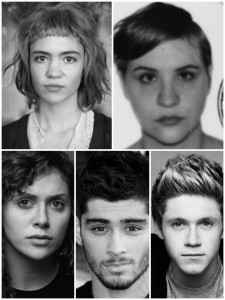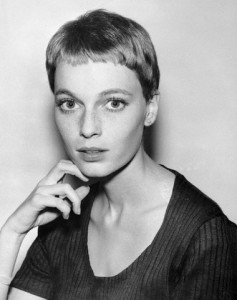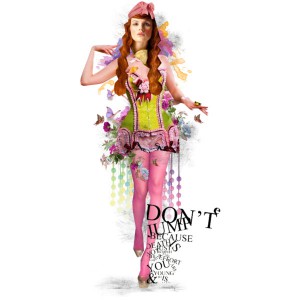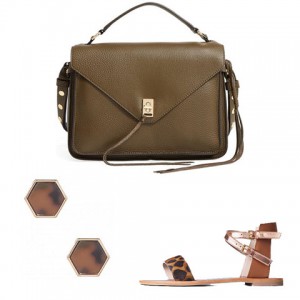This post contains affiliate links.
On November 2nd, Carol Tuttle announced that Dressing Your Truth is now free.
What this means is that Dressing Your course videos are now free, and then for $49, you can purchase an optional Before & After Support Kit, which includes the four style guides, wallet-sized style guides, and Facebook group membership that you used to get when you bought the old course, and then the new pattern guides and a copy of It’s Just My Nature!. So basically, the videos are now accessible to all, and then the rest of the benefits of being a course owner are now available for half the price of the usual sale price of the course, which was $99.
I think DYT is one of the first systems many of us encounter when we first start looking into style systems. It has a large online community and corporation behind it. At the time I started studying these different systems, DYT looked a lot different, and while some of the essential elements of the system resonated with me, I have to say that the results did not. I recognized that I was a 3/4 pretty quickly, but I didn’t like T3 clothes, for the most part. I have to say that they have upped their style game across the board in recent years–even the color palette for T3 looks completely different than it did when I first found the system. And I have always enjoyed the video content they produce.
I’ve actually started using the T3 palette as my primary palette–it feels like restrictive than Dark Autumn, and easier to work with. And I don’t think that Flamboyant Gamine is wholly incompatible with T3; my T3 just looks different than the stereotype, and that’s totally fine. And since I am in a phase of life where I am really working on myself, that aspect of Carol’s work has been very helpful to me. I’ve even found things in Remembering Wholeness: A Personal Handbook for Thriving in the 21st Century that have been helpful to me, even though I’m not a religious person at all and this book has much more religion-based content than her other books.
Dressing Your Truth is a system that I think a lot of people find and then abandon once they discover things like Kibbe and Zyla, but there is definitely some good content in it. Are you going to take the course now that it’s free? Do you work Dressing Your Truth into your own style philosophy?
Follow me on Facebook and Pinterest.
Stylesyntax.com is a participant in the Amazon Services LLC Associates Program, an affiliate advertising program designed to provide a means for sites to earn advertising fees by advertising and linking to Amazon.com.





